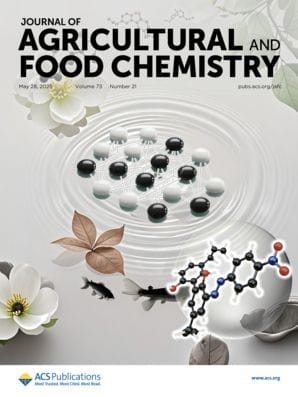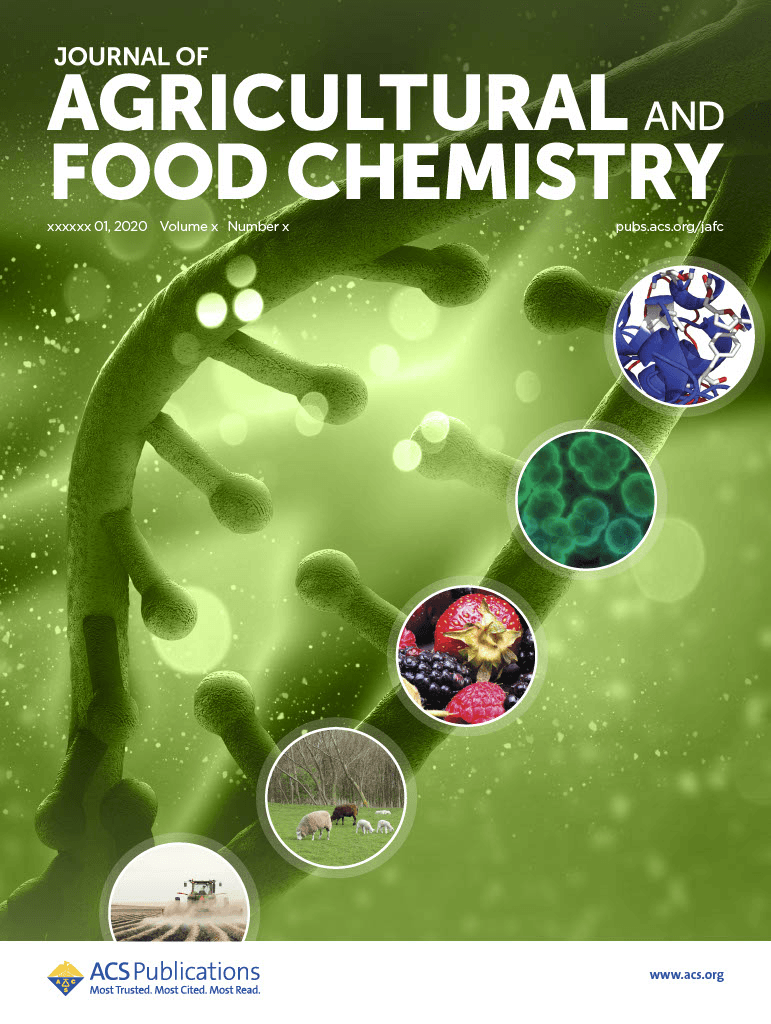A recent study reveals how certain molecules in chili peppers can reduce their fiery sensation, offering insights for food science, sensory biology, and product development.

Chili peppers are infamous for their heat, a sensation driven by capsaicinoids like capsaicin and dihydrocapsaicin. But the concept of spiciness and how we perceive it is much more complex than a single compound. A new study from researchers at The Ohio State University, published in the Journal of Agricultural and Food Chemistry, identifies naturally occurring compounds in peppers that can suppress the perception of pungency.1
Understanding the burn: TRPV1 and chemesthetic perception
The burning sensation you feel when eating chili peppers is a form of chemesthesis—a sensory response triggered when chemical irritants activate pain-sensing neurons.2 But why do chili peppers contain these chemicals? No one really knows for sure, but one school of thought is that chili peppers evolved to deter mammals in favor of capsaicin-immune birds that could spread seeds further afield.3 Others think the metabolites act as protection against bacterial or fungal pathogens. But whatever the original mechanism, many of us can't get enough of the burn (hot sauce is basically its own food group in my house).
The chemesthetic response is largely mediated by the TRPV1 receptor, a protein in the nervous system that responds to heat and capsaicin.4 While capsaicinoids are the primary drivers of this response, the intensity and duration of heat vary widely across pepper varieties.5 This suggests that other metabolites may influence how we perceive spiciness.6
A flavoromics approach to chili chemistry
To investigate these modulators, the researchers used a nontargeted flavoromics strategy—a method that integrates chemical profiling, sensory evaluation, and statistical modeling. This approach has previously been used to identify flavor-impacting compounds in coffee and citrus.7,8
In this study, the researchers looked at extracts from 10 different types of chili peppers—including Chile de Árbol, Serrano, African Bird’s Eye, Fatalii, and Scotch Bonnet—using liquid chromatography–mass spectrometry (LC-MS), a tool that helps separate and identify the many different molecules within a sample. A trained panel of taste testers evaluated the intensity and duration of each sample mixed with tomato juice. The team then analyzed both the chemical data and the taste test results to identify which compounds correlated with reduced heat perception.

Identification of Chili Pepper Compounds That Suppress Pungency Perception
DOI: 10.1021/acs.jafc.5c01448
Key findings: three compounds that suppress pungency
Out of hundreds of detected metabolites, five were strongly associated with lower pungency. Three of these—capsianoside I, roseoside, and gingerglycolipid A—were confirmed through high-resolution mass spectrometry and NMR. When added to capsaicinoid mixtures, these compounds significantly reduced perceived heat in sensory tests.
The authors note that the exact mechanism for the suppressive effect merits further investigation. However, they suggest several possibilities:
- Reduced binding affinity of capsaicinoids to TRPV1
- Downregulation of TRPV1 receptor expression
- Competitive antagonism at the receptor site
Implications for food science and sensory research
These findings highlight the complexity of flavor perception and the potential for natural pungency modulators in food formulation. For product developers, this could mean new ways to balance heat in spicy foods. For scientists, it opens new questions about how plant metabolites interact with human sensory systems.
“These advancements could enable the customization of desirable spicy flavor profiles or lead to the creation of a household ingredient designed to tone down excessive heat in dishes—the anti-spice,” says Devin Peterson, the corresponding author of the study, in a recent press release. “Additionally, they hold significant medical potential in the design of (non-opioid) analgesic agents for pain management."
Further research will lead to even more complex understandings of the compounds contributing to our sensory perceptions of various foods. And even if you’re not a chili fan, the work illustrates the power of flavoromics to identify data trends and establish important relationships between the foods we eat and how we experience them.
Want more spicy science? Explore these related articles in ACS Journals:
Identification of a Novel Pungent Compound in Chili Peppers
Joel Borcherding, Edisson Tello, and Devin G. Peterson*
DOI: 10.1021/acs.jafc.5c04987
Regulatory Role of Bioactive Compounds from Natural Spices on Mitochondrial Function
Liguang Han, Chi-Tang Ho, and Muwen Lu*
DOI: 10.1021/acs.jafc.4c12341
Role of Metal-Based Nanoparticles in Capsicum spp. Plants
Dinora Guadalupe Díaz-Parra, Luis Alberto García-Casillas, Sandra Fabiola Velasco-Ramírez, Santiago José Guevara-Martínez, Adalberto Zamudio-Ojeda, Víctor Manuel Zuñiga-Mayo, Eduardo Rodríguez-Guzmán, Abril Melchor-González, Diego Alberto Lomelí-Rosales, and Gilberto Velázquez-Juárez*
DOI: 10.1021/acsomega.4c11102
Elemental Profiling and Safety Assessment of Four Spice Vegetables: Insights into Nutritional and Toxicological Implications
Ji Young Jeong, Min Ji Kim, Hyun-sung Kim, Jong-Hee Lee, and In Min Hwang*
DOI: 10.1021/acsomega.5c00578
Magnetic Field-Responsive Nanodrug to Regulate TRPV1 Pain Receptor
Athena B. Santi, Nicolas Muzzio, Amanda Gomez, and Gabriela Romero*
DOI: 10.1021/acsanm.5c01812
Capsaicin Mitigates Reverbα-Involved Lipid Metabolism Disorder in HepG2 Cells and Obese Mice through a Trpv1-Dependent Mechanism
Ting Cao, Chi-Tang Ho, Wenshuo Wang, and Muwen Lu*
DOI: 10.1021/acs.jafc.5c01231
References
- Borcherding, J. et al. Identification of Chili Pepper Compounds That Suppress Pungency Perception. J. Agric. Food Chem. 2025, 73, 21, 12917–12928.
- Green, B. G. Introduction: What Is Chemesthesis? In Chemesthesis; Eds., McDonald, S. T., Bolliet, D. A., Hayes, J. E. John Wiley & Sons, Ltd, 2016; Vol. 1, pp. 1–5.
- Gross, M. Why Do Chilies Hurt so Good? Johns Hopkins Magazine, Johns Hopkins University, 31 Mar. 2023.
- Darré, L. et al. Binding of Capsaicin to the TRPV1 Ion Channel. Mol. Pharmaceutics 2015, 12, 12, 4454–4465.
- MacDonald, J. The Science of Hot Chili Peppers. JSTOR Daily, June 2017.
- Borcherding, J. et al. Identification of a Novel Pungent Compound in Chili Peppers. J. Agric. Food Chem. 2025, Article ASAP.
- Sittipod, S. et al. Identification of Compounds That Negatively Impact Coffee Flavor Quality Using Untargeted Liquid Chromatography/Mass Spectrometry Analysis. J. Agric. Food Chem. 2020, 68 (38), 10424–10431.
- Ronningen IG, Peterson DG. Identification of Aging-Associated Food Quality Changes in Citrus Products Using Untargeted Chemical Profiling. J. Agric. Food Chem. 2018, 66, 3, 682–688.
